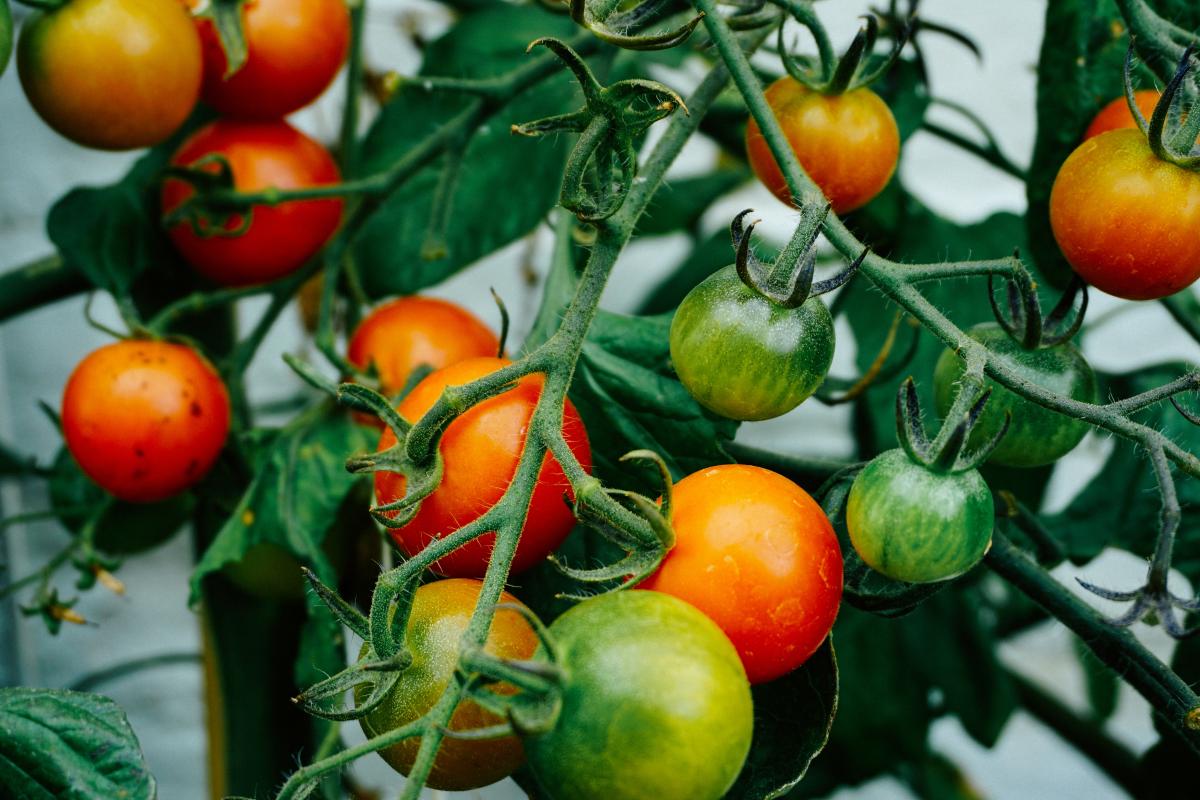
In this lesson, students will participate in a hands-on activity to learn about area and perimeter while also learning about structures and functions of plants by designing a garden space that

In this lesson, students will participate in a hands-on activity to learn about area and perimeter while also learning about structures and functions of plants by designing a garden space that

Students create mini compost bins with Red Wigglers to assign an energy role to the worms. Students build the worm bin, and then collect data for several weeks so that they can learn hands-on what

In this introductory 5E lesson to organism adaptations, 5th grade students examine the case of the peppered moth to answer two inquiry questions: 1. (to Explore) Can organism’s traits help it in its

This lesson is can be used to help introduce the idea of climate change as part of a unit on human impacts on the environment.

Students will continue from their research and start an investigation to help with their solution. They will first learn about compost and what it does. They will then develop and investigation and

Students will be read the book: "Oh Say Can You Seed?" by Bonnie Worth and Aristides Ruiz Students will learn new vocabulary for the parts of a flowering plant and identify parts together. Students

This is the final lesson in a set of 4 (total) lessons. This is when students will be reviewing the information from planting and the first observation day. Students will begin logging and comparing

This lesson is the first of two about vermicomposting. It explains what vermicomposting is and how to start a worm bin. The second lesson will discuss harvesting compost and moving worms to a garden

This is the culminating lesson in the series of lessons comparing how garden growing techniques determine plant growth/production. In this lesson students will apply the Engineering Design Process as